Francis Picabia (1879-1953)
We Perform Francis Picabia art authentication. Francis Picabia appraisal. Francis Picabia certificates of authenticity (COA). Francis Picabia analysis, research, scientific tests, full art authentications. We will help you sell your Francis Picabia or we will sell it for you.



Francis Picabia was, above all, a Parisian. Paris being the centre of the art world prior to WWII, Picabia sat like a spider in the middle of its web, consuming the varied meals that appeared before him.
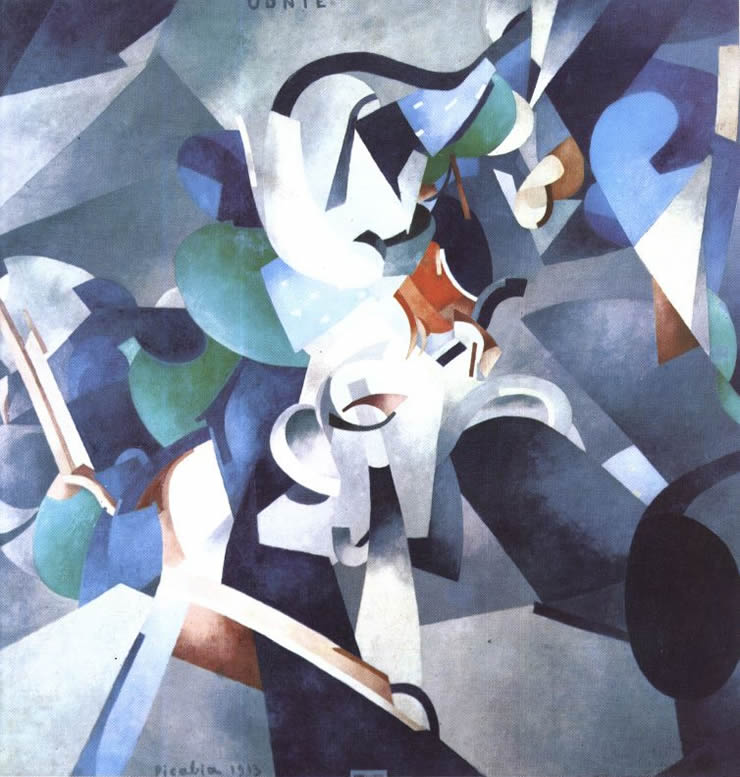
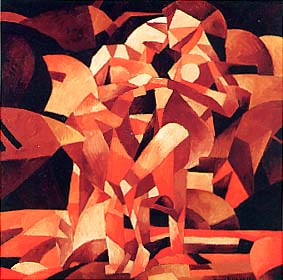

He was born towards the end of the last great era of academic painting, and joined in each rebellion against it with enthusiasm, as did so many of his contemporaries such as Matisse and Picasso. But few could match Picabia’s eclecticism. He devoured each new movement, applying his formidable skills to forge new means of artistic expression from the moribund hulk of traditional painting. But it was, of course, this moribund hulk that Picabia and the rest had emerged from, like glittering, ungrateful butterflies. The academy provided their skills, their discipline.
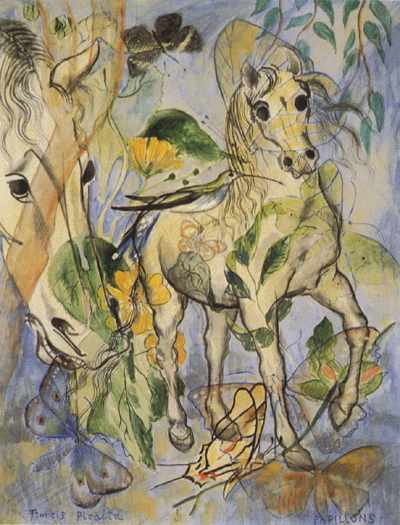
Early in life, Picabia was a follower of the Barbizon School, mixed with an imitation of Sisley. So at the mature age of 27 he was still in thrall to the 19th century. Matisse and the Fauvists changed all that, as did Picasso. Note his solemn cubist still life, done in 1909, and the timid imitation of Fauvist savagery in his Sierra Morena series (1909). It took Picabia a long time to get a grip on the revolution.
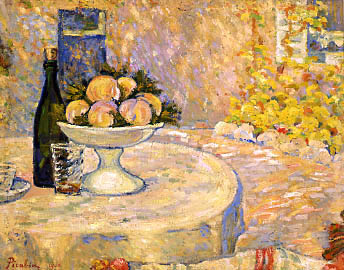

But eventually he did. In 1910 Picabia met the Duchamp brothers and their notions of “ready-made” art. From then on, no art movement was safe from Picabia’s take on it. And he was by no means merely imitative, but showed real originality at times, not to mention a sense of humor.

He was a leading Dadaist, Surrealist, and Modernist- at different times. In the 20s and 30s he experimented with multiple perspectives, producing what he called his “transparences” (see “Hera” 1929, and “Corrida Transparence” below).

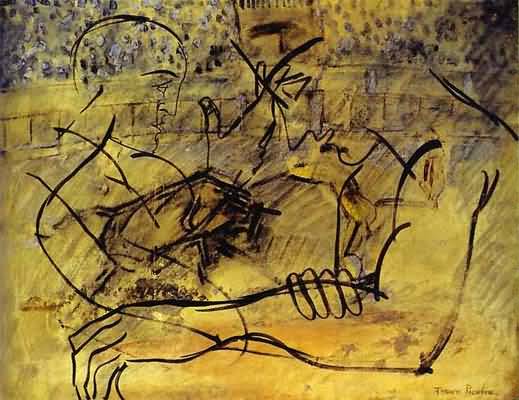
Picabia, for all his experimentation and vacillation, was consistent in one vital respect: his devotion to precision. There’s nothing sloppy or casual about Picabia. He remained true to his academic roots. Even his prolific output of slight works on paper illustrates care and precision. Picabia was to the end the most formal of radicals.

Today, Picabia’s work is housed in modern art museums all over the world, and perhaps in your own home. Still wondering about a modern art painting in your family estate? Contact us…it could be by Francis Picabia.
